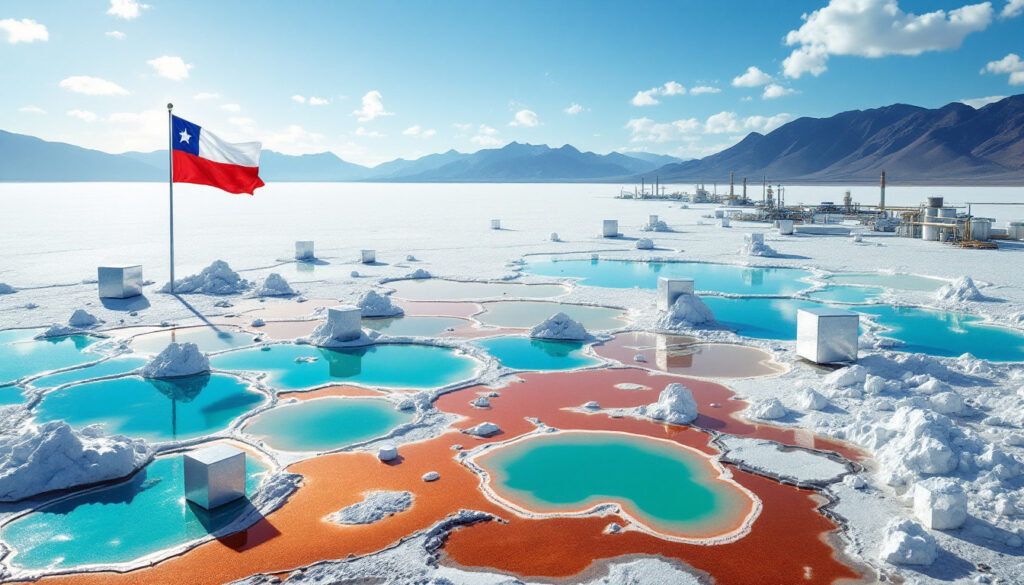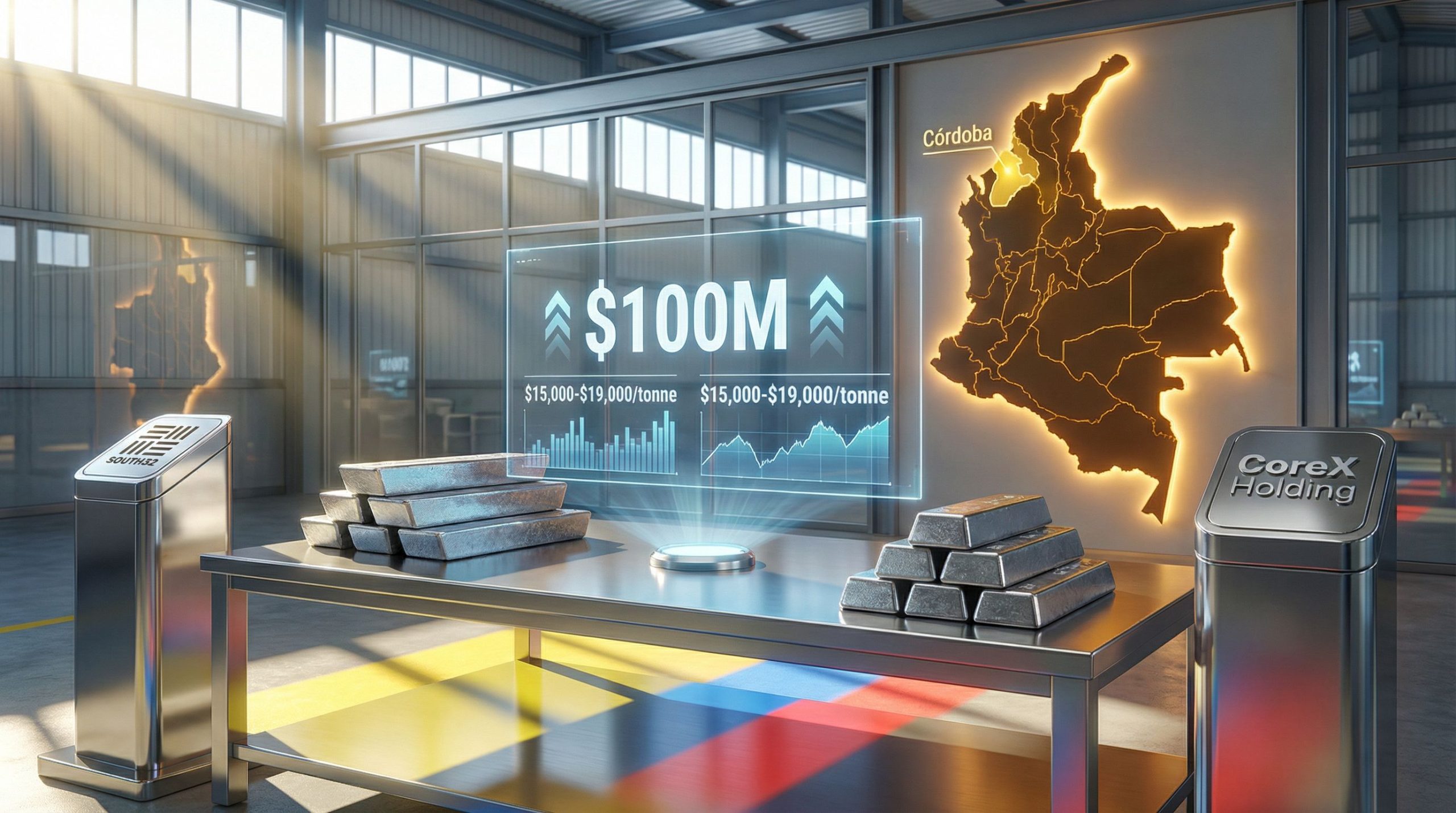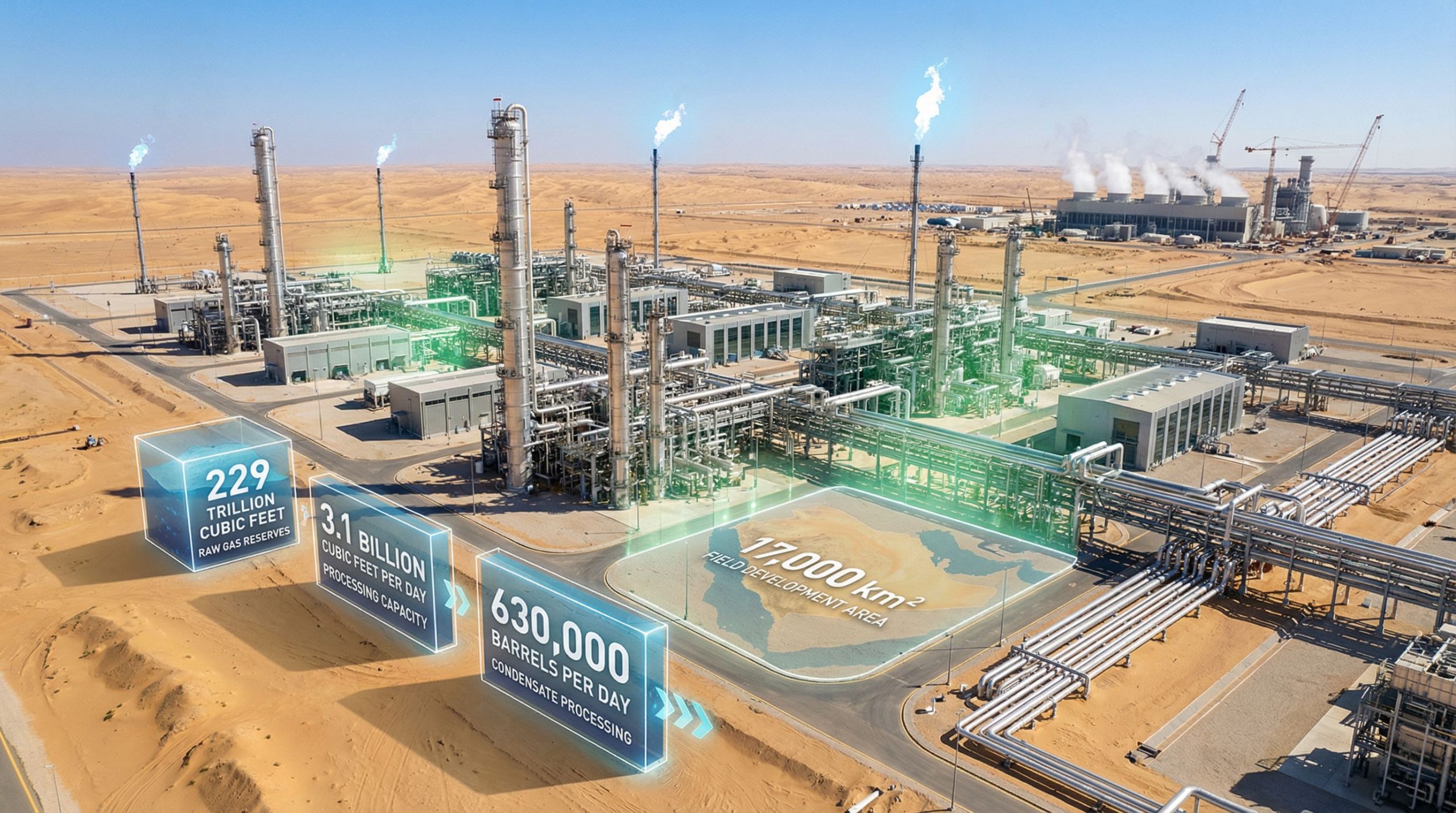Chile's Lithium Resources: A Comprehensive Overview
Chile has solidified its position as a global leader in lithium production and reserves, with recent studies revealing a 28% increase in total lithium resources to 14.05 million metric tons. This revision, announced by Chile's National Mining Company (ENAMI), underscores the country's strategic importance in the global energy transition. The updated figures stem from advanced exploration in northern Antofagasta's salt flats, particularly the La Isla and Aguilar deposits, which now contribute an additional 3.05 million tons to Chile's resource base. As the world's second-largest producer and top reserve holder, Chile's lithium industry faces critical opportunities and challenges in balancing economic development, environmental sustainability, and indigenous rights.
What Makes Chile a Global Lithium Powerhouse?
Chile's Position in Global Lithium Rankings
Chile maintains its status as the third-largest holder of lithium resources globally, with 14.05 million metric tons confirmed through updated geological assessments. This places the nation behind Bolivia (21 million tons) and Argentina (19.3 million tons) in total resources but positions it as the undisputed leader in economically viable reserves at 9.3 million tons. The country's production capacity remains second only to Australia, extracting 39,000 metric tons annually from its flagship Atacama operations. These rankings reflect Chile's unique geological advantages, particularly the high-grade lithium brines found in the Atacama Desert that enable cost-effective solar evaporation extraction.
The Strategic Importance of Chilean Lithium
Chilean lithium plays a pivotal role in global battery manufacturing chains, supplying approximately 30% of the world's lithium carbonate equivalent. The metal's strategic value has increased exponentially with the electric vehicle (EV) revolution, as lithium-ion batteries require 8-10 kilograms of lithium carbonate per vehicle. Chile's Economic Development Agency estimates that lithium exports contributed $5.1 billion to the national economy in 2024, representing 9.3% of total mineral exports. This economic significance has prompted the government to implement new policies increasing state participation in lithium projects through initiatives like the Salares Altoandinos partnership program.
How Much Lithium Does Chile Actually Have?
New Resource Estimates
ENAMI's 2025 resource reassessment revealed a 28% increase in Chile's total lithium inventory, elevating figures from 11 million to 14.05 million metric tons. The La Isla salt flat demonstrated the most dramatic growth, with estimated resources surging 150% to 2.13 million tons, while Aguilar salt flat resources increased 40% to 979,000 tons. These discoveries extend Chile's projected production timeline by 15-20 years at current extraction rates, according to mining analysts. The updated figures result from advanced geophysical surveying techniques and 3D brine reservoir modeling implemented since 2022.
Salt Flat Resource Distribution
The Atacama Salt Flat remains Chile's lithium cornerstone, containing 63% of national resources (8.85 million tons) across its 3,000 km² basin. Northern Antofagasta's emerging districts now account for 21.7% of total resources, with La Isla (2.13 million tons) and Aguilar (979,000 tons) comprising the majority. Regional geological surveys indicate potential for additional discoveries in the Pampa del Tamarugal basin, where preliminary drilling has identified brine concentrations exceeding 1,000 mg/L lithium. These developments position Chile to maintain production dominance despite Bolivia's larger but less accessible Uyuni resources.
Where Are Chile's Major Lithium Deposits Located?
The Atacama Salt Flat
The Atacama Salt Flat's hyper-arid conditions and high evaporation rates (3,500 mm/year) create ideal conditions for lithium extraction. SQM and Albemarle's existing operations here produce lithium carbonate at concentrations of 99.5% purity, with average lithium grades of 0.15% in brine solutions. The flat's unique hydrogeological structure features a 300-meter deep brine reservoir, containing an estimated 6.7 million tons of recoverable lithium. Recent environmental impact assessments have implemented strict water monitoring systems to address extraction concerns in this ecologically sensitive region.
Emerging Lithium Regions
Northern Antofagasta's La Isla and Aguilar salt flats represent Chile's next-generation lithium frontiers, with combined resources exceeding 3.1 million tons. These high-altitude (>3,800m) deposits feature brine reservoirs with lithium concentrations averaging 450 mg/L, slightly lower than Atacama's but still economically viable. The Salares Altoandinos project in this region will utilize direct lithium extraction technology to reduce water usage by 40% compared to traditional evaporation methods. Geological surveys suggest similar potential in the Maricunga and Pedernales basins, though these require further exploration.
How Does Chile Extract and Process Lithium?
Current Extraction Methods
Chile's lithium industry relies on solar evaporation, a process requiring 12-18 months to concentrate brine from 0.2% to 6% lithium content. Operators pump brine at 28-35°C into cascading evaporation ponds covering 40 km² in Atacama. The final product undergoes carbonation to produce battery-grade lithium carbonate, with current operations achieving 85% recovery rates. This method consumes approximately 500,000 liters of water per ton of lithium produced, primarily drawn from ancient underground aquifers.
Environmental Considerations
Water management remains the primary environmental challenge, with extraction activities reducing local aquifer levels by 1.2 meters annually in the Atacama region. New regulations require operators to implement brine reinjection systems and limit freshwater usage to 142 liters per second. SQM's recent $200 million investment in adsorption-type DLE technology aims to reduce water consumption by 30% while increasing lithium recovery rates to 92%. Environmental groups continue advocating for stricter monitoring of salt flat ecosystems, particularly regarding flamingo habitat preservation.
Who Controls Chile's Lithium Industry?
Current Major Players
SQM and Albemarle dominate Chile's lithium sector, controlling 82% of current production through Atacama operations. The state-owned ENAMI holds minority stakes in these ventures but is pursuing majority control in new projects through the National Lithium Strategy. Private-public partnerships now govern exploration rights, with royalty rates increasing from 40% to 45% on lithium sales exceeding $10,000/ton. This regulatory shift aims to capture greater value from Chile's strategic mineral resources.
State Involvement and New Partnerships
ENAMI's Salares Altoandinos project marks Chile's first state-led lithium venture, with partner selection scheduled for May 2025. Potential collaborators include BYD (China), Posco (South Korea), and Rio Tinto (Australia), offering technological expertise in exchange for resource access. The $1.2 billion project will utilize CNGR Advanced Material's DLE technology and LG Energy Solution's battery manufacturing know-how. These partnerships reflect Chile's strategy to move up the value chain into lithium hydroxide and battery component production.
What Is the Salares Altoandinos Project?
Project Overview
The Salares Altoandinos initiative targets La Isla and Aguilar salt flats, with projected annual production of 50,000 tons lithium carbonate equivalent by 2030. ENAMI CEO Iván Mlynarz describes it as "a world-class project combining Chilean resources with cutting-edge extraction technology". Phase one involves constructing 120 evaporation ponds and a DLE plant capable of processing 2,500 m³/hour of brine. Environmental approvals require 35% water recycling and real-time monitoring of local ecosystems.
Strategic Importance
This project exemplifies Chile's strategy to triple lithium output while maintaining environmental compliance. By retaining 51% ownership through ENAMI, the government aims to direct 70% of profits into local communities and renewable energy infrastructure. The venture's success could position Chile as a clean technology hub, attracting battery gigafactories and cathode material producers.
How Do Indigenous Communities Factor Into Chile's Lithium Plans?
Indigenous Rights and Concerns
Lithium extraction zones overlap with ancestral lands of the Atacameño and Colla peoples, sparking disputes over water rights. Indigenous groups demand 25% representation on project oversight committees and 15% royalty sharing. Legal challenges under ILO Convention 169 have delayed three projects since 2023, prompting revised consultation protocols. Recent agreements with SQM include $150 million in community development funds over five years.
Balancing Development and Rights
New co-management models being tested in Maricunga require indigenous approval for water usage plans. The government's Lithium Dialogue Commission has mediated 14 community agreements, including job quotas and cultural preservation initiatives. However, 32% of indigenous respondents in a 2024 survey felt consultation processes remained inadequate.
What Challenges Does Chile's Lithium Industry Face?
Market Challenges
Lithium market volatility has seen prices fluctuating between $20,000-$70,000/ton from 2022-2024, complicating investment decisions. Australia's hard-rock mining costs fell 18% through automation, challenging Chile's cost advantage. Sodium-ion battery adoption could reduce lithium demand 12% by 2030, though most analysts remain bullish on long-term growth.
Political and Regulatory Challenges
The 2023 Lithium Nationalization Law requires majority state ownership in new projects, deterring some foreign investors. Permitting timelines have extended to 42 months due to enhanced environmental reviews. Tax reforms increased effective royalty rates to 45%, though VAT exemptions for DLE technology offset some costs.
How Does Chile Compare to Other Lithium-Producing Nations?
Comparative Advantages
Chile's brine operations maintain a $2,100/ton cost advantage over Australian hard-rock mining. The country's lithium carbonate purity (99.5%) exceeds China's average (98.7%) for battery applications. Strategic Pacific ports enable 18-day shipping to Asian markets versus 35 days from Argentina.
Global Competition
Australia's production reached 61,000 tons in 2024 through rapid spodumene mine expansion. Argentina's lithium output grew 300% since 2020, though infrastructure constraints limit growth. Bolivia's state-led projects struggle with technical challenges, producing just 600 tons in 2024.
What Is the Future Outlook for Chile's Lithium Industry?
Production Expansion Plans
Chile aims to double production to 80,000 tons/year by 2030 through seven new projects. The $5 billion Lithium 2030 Plan includes:
- 4 DLE plants
- 2 lithium hydroxide conversion facilities
- 1 battery recycling pilot plant
Geothermal lithium extraction trials in the Andes could unlock 2 million tons of additional resources.
Investment Opportunities
Foreign direct investment in lithium projects reached $3.8 billion in 2024, focused on DLE and battery manufacturing. The government offers 10-year tax holidays for value-added processing facilities. Joint ventures with CATL and Tesla are under negotiation for onshore cathode production. These opportunities have attracted significant interest from investors seeking exposure to mining stocks in the clean energy sector.
FAQ About Chile's Lithium Resources
What is the difference between lithium resources and reserves?
Resources represent total geological estimates (14.05 million tons), while reserves (9.3 million tons) indicate economically recoverable amounts under current conditions.
Why is Chile's lithium considered high quality?
Atacama's brines average 0.15% lithium concentration versus 0.08% in Argentine salars, requiring less processing. The arid climate enables year-round solar evaporation, reducing energy costs.
How long could Chile's lithium reserves last?
At current production rates (39,000 tons/year) and reserve estimates, Chile has 238 years of lithium supply. Including resources extends this to 360 years.
What role does lithium play in Chile's economy?
Lithium accounted for 9.3% of mining exports ($5.1 billion) in 2024, projected to reach 15% by 2030. The industry employs 8,200 workers directly and 24,600 indirectly. Recent lithium ambitions insights from analysts suggest Chile's approach could serve as a model for balancing economic growth with sustainable development.
Recently, Chile has been investing heavily in mining efficiency technology to optimize production while minimizing environmental impact, as outlined in the National Lithium Strategy published by the government.
Want to Invest in the Next Major Mineral Discovery?
Stay ahead of the market with Discovery Alert's proprietary Discovery IQ model, which provides instant notifications of significant ASX mineral discoveries and transforms complex data into actionable insights. Explore why historic discoveries can generate substantial returns by visiting Discovery Alert's dedicated discoveries page and begin your 30-day free trial today.




